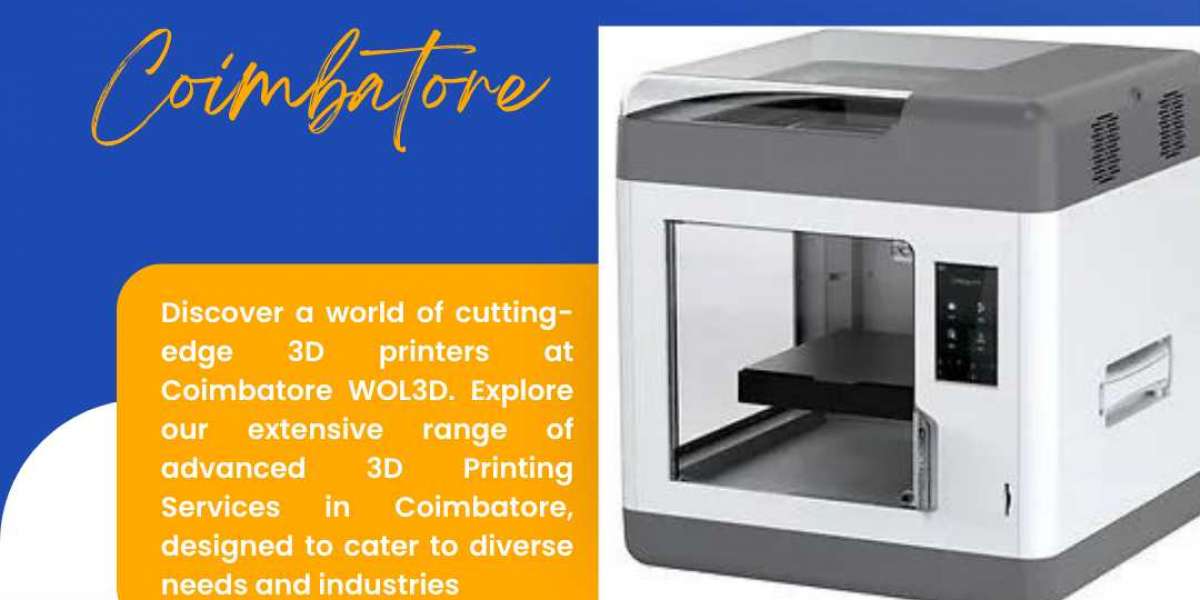The concept of Bring Your Own Device (BYOD) has transformed the way organizations approach technology in the workplace. With the increasing prevalence of smart devices, employees are now able to use their personal laptops, tablets, and smartphones for work-related tasks. While this trend offers a range of benefits, such as increased flexibility and employee satisfaction, it also presents challenges in terms of security and compliance. Effective onboarding processes are essential to help organizations harness the advantages of BYOD while mitigating risks. This article explores what BYOD onboarding entails, its critical components, best practices, and the role of technology in facilitating a smooth transition.
Understanding BYOD Onboarding
BYOD onboarding refers to the process of integrating personal devices into the workplace while ensuring that employees understand the policies, procedures, and security measures associated with using their devices for work purposes. This process encompasses everything from educating employees about acceptable use policies to implementing security protocols that safeguard company data.
Why BYOD Onboarding Matters
1.Security Compliance: Personal devices may not have the same security measures as corporate devices, making businesses vulnerable to data breaches. Proper onboarding ensures that employees understand how to protect sensitive information.
- Productivity: A well-designed onboarding process can enhance productivity by providing employees with the tools and knowledge they need to work efficiently from their personal devices.
3.Employee Satisfaction: Allowing employees to use their preferred devices can lead to higher job satisfaction and improved morale. A positive onboarding experience reinforces this satisfaction.
- Streamlined Processes: An effective BYOD onboarding program streamlines the integration of personal devices into the workplace, minimizing disruption and confusion.
Key Components of BYOD Onboarding
Implementing an effective BYOD onboarding process involves several key components:
- Clear Policies and Guidelines
Establishing clear BYOD policies is essential for ensuring that employees understand their responsibilities when using personal devices for work. These guidelines should cover:
-Acceptable Use: Define which types of activities are permissible on personal devices during work hours.
-Data Security: Outline the security measures employees must take to protect sensitive information, such as using strong passwords and enabling encryption.
-Device Compatibility: Specify which devices and operating systems are supported for work-related tasks.
- Training and Education
Providing comprehensive training is crucial to ensuring that employees are knowledgeable about BYOD policies and best practices. This training can include:
- Workshops: Host workshops or webinars to educate employees about security measures, device management, and troubleshooting common issues.
-Documentation: Create easily accessible documentation that outlines policies, procedures, and FAQs related to BYOD.
- Technical Setup and Support
Employees should receive guidance on how to set up their devices for work purposes. This may involve:
-Configuration: Assist employees in configuring their devices to connect to company networks securely, including VPN setup and installing necessary applications.
-IT Support: Provide ongoing technical support to address any issues employees may encounter when using their devices.
- Security Measures
To protect company data, organizations must implement robust security measures tailored for BYOD environments. Consider the following:
-Mobile Device Management (MDM): Invest in MDM solutions that enable IT departments to manage and secure employee devices remotely.
-Regular Security Audits: Conduct audits to ensure compliance with security policies and assess potential vulnerabilities within the BYOD framework.
- Feedback Mechanism
Establishing a feedback mechanism allows employees to share their experiences and suggest improvements for the BYOD onboarding process. This can lead to continuous enhancement of the program and greater employee satisfaction.
For more details, visit us:









